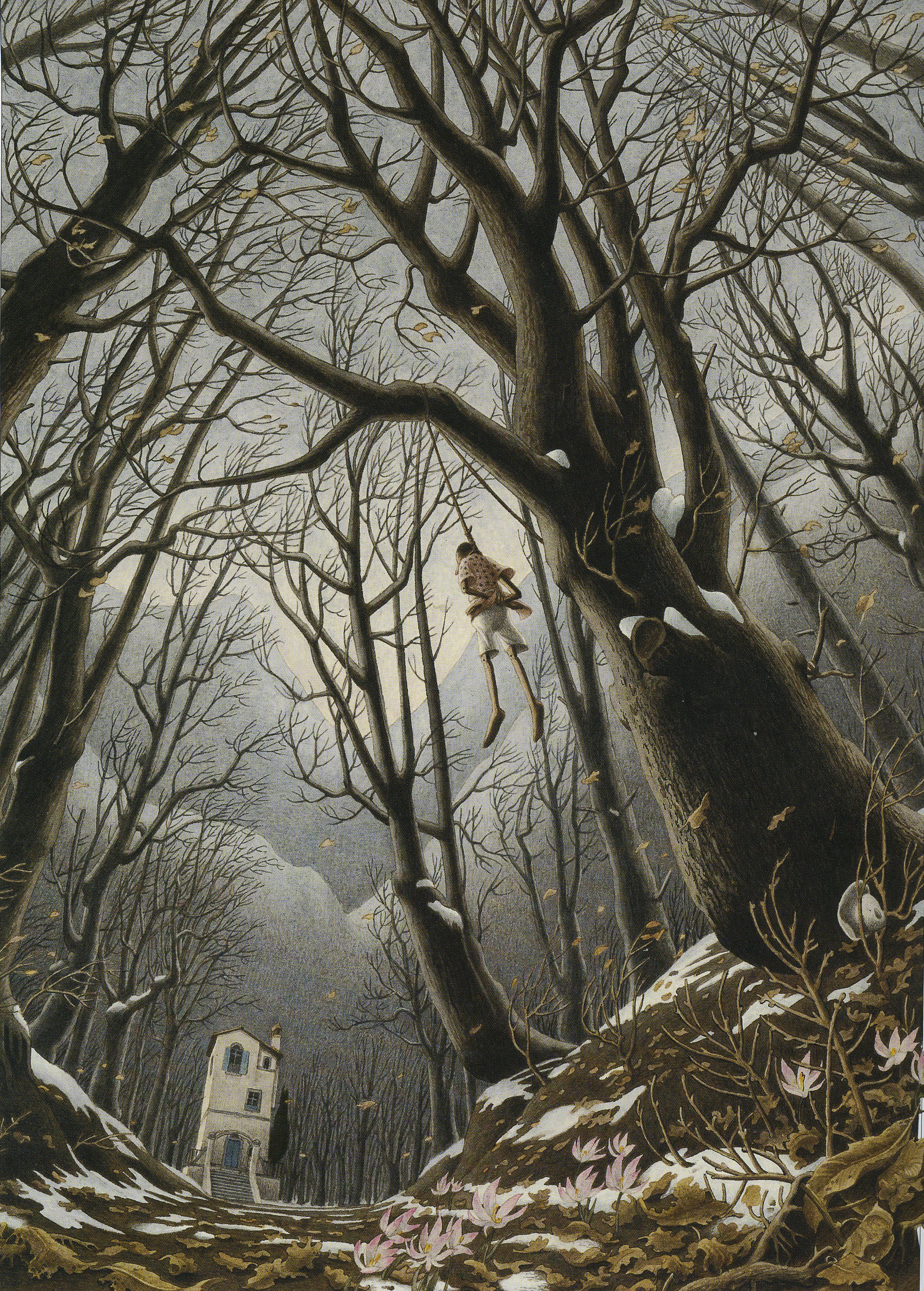
The Many Different Faces of Pinocchio
The story of Pinocchio has been told and re-told many times in books and on film; the lessons that this story preaches have been interpreted in various different angles and with multiple themes since the original was published by Collodi in 1881. For example, Disney created a child-friendly animated feature film that was suitable for all ages. Stanley Kubrick, and eventually Steven Spielberg after Kubrick's passing, on the other hand, put on the big screen a much darker Pinocchio set in the future with the protagonist, and robot, David, trying to find his true accepting niche, in the film A.I. (Artificial Intelligence).
In our game we have chosen to closely follow Collodi's original story of Pinocchio, but we have used illustrations from several different artists to weave our own interpretations of events. We feel that the scene with the assassins, for example, which eventually ends with Pinocchio hanging from a Great Oak tree, is an integral part of the "dark" aspects of the story, which we are trying to textually and visually portray in our choose-your-own adventure game. We feel that the woods can be perceived as a very dark place, and the scene with the great oak is one of the most crucial events for conveying how far Pinocchio has to fall before he can rise up and fulfill his goal of becoming a real boy. In any story, there are hills and valleys which the character encounters throughout his journey; we have tried to include a strong representation of both of these.
Other Versions of Collodi's Pinocchio:
Disney's animated film "Pinocchio"
Steven Spielberg's feature film "A.I."
Daniel Robichaud's animated film "Pinocchio 3000"
Brian Aldiss' short story "Supertoys Last All Summer Long,"
